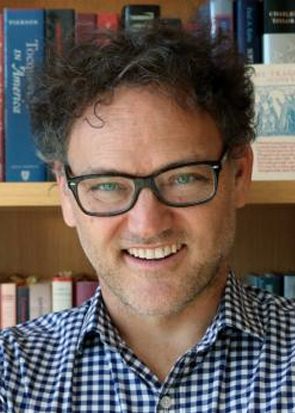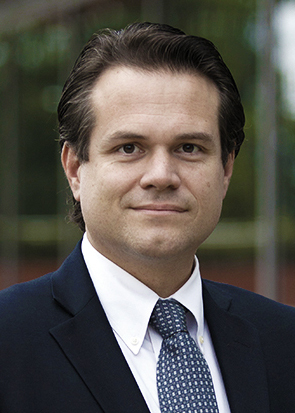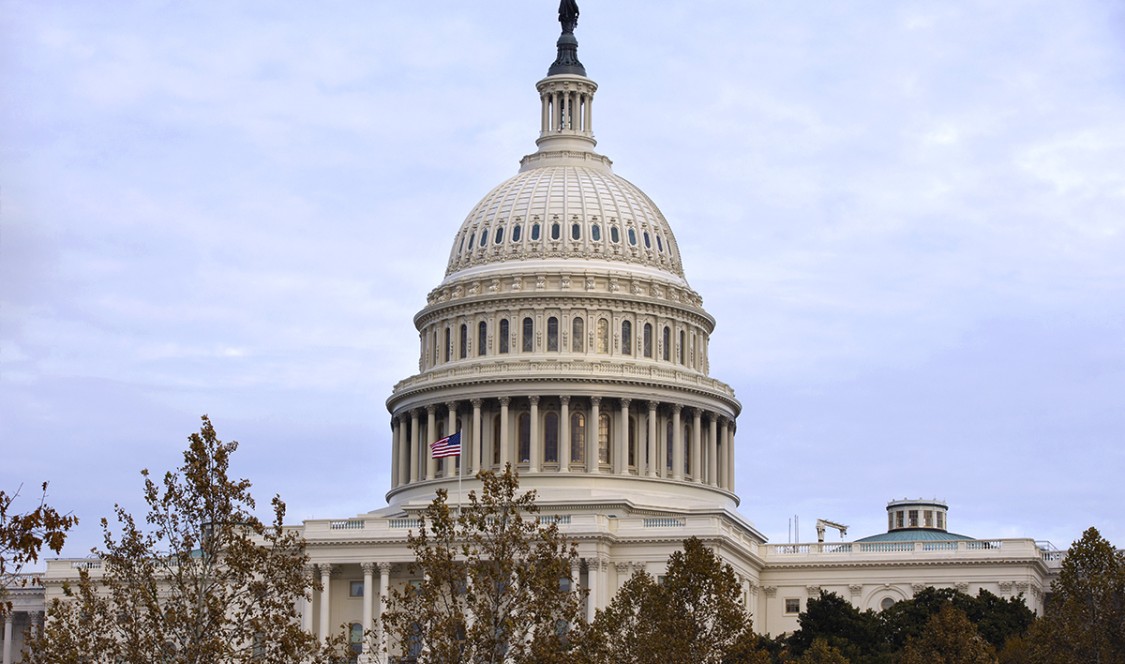As the Presidential Inauguration approaches on Jan. 20, and the U.S. government recovers from the attack on the Capitol, we asked CMC professors to reflect on Trump’s legacy, the opportunities for the Biden White House now that the Democrats control Congress, and how the country might move forward as the power structure in Washington D.C. transitions from the Trump to the Biden administration.

George Thomas
Burnet C. Wohlford Professor of American Political Institutions
What are the constitutionality challenges regarding social media and the First Amendment in the wake of President Trump being blocked or removed from several major social media sites? Is there a national security threat that poses a higher need for such actions?
The First Amendment protection of freedom of speech applies to the government, not private companies like Twitter. From a constitutional perspective, freedom of speech prohibits the government from stopping, censoring, or punishing speech. It does not reach or apply to private companies. So, there is no constitutional issue regarding freedom of speech if a private company suspends a user’s account. Twitter has its own set of rules, but the First Amendment does not apply to them as a matter of law. Companies may choose to adhere to First Amendment norms of free speech, as colleges like CMC do, but that’s a matter of choice, not constitutional compulsion.
When it comes to potential threats, the government can prohibit or punish speech that incites “imminent lawless action.” But that’s a very narrow exception. We’ve all heard Justice Holmes’s famous line from Schenck v. United States (1919) that “the most stringent protection of free speech would not protect a man in falsely shouting fire in a theatre and causing a panic.” The U.S. Supreme Court has insisted that to meet that test, the advocacy of force or violence “is directed to inciting or producing imminent lawless action and is likely to incite or produce such action” (Brandenburg v. Ohio, 1969). Notice not only that the speaker must incite violence, but that it immediately follows.

Heather Ferguson
Associate Professor of History
Tamara Venit-Shelton
Associate Professor of History
What do you make of comparisons between the pro-Trump riot of January 6, 2021 and the Black Lives Matter protests of Summer 2020?
Even before the Capitol had been cleared and Congress resumed its count of the Electoral College votes, comparisons between the pro-Trump riot and Black Lives Matter protests were already circulating on social media. Some observers contrast the show of force swiftly levied by police, National Guard units, and unidentified federal agents against unarmed Black Lives Matter protestors with the relatively hands-off approach of Capitol Police when a pro-Trump mob swarmed the legislative halls of government on January 6.
Others compare Black Lives Matter with the Capitol Riots to insist on their moral equivalence. Such comparisons dismiss the gravity and particularity of what transpired on January 6. In doing so, they fail to comprehend the essential difference: What happened on January 6 was not a peaceful protest gone awry. It was, by definition and by design, an attempted coup.
With the encouragement of the President of the United States, a pro-Trump mob attacked the legislative branch and endangered the lives of its members with the aim to overturn the results of a lawful election. As evidence increasingly shows, members of this mob intended to do physical harm to Vice President Pence and possibly Speaker of the House Nancy Pelosi and Senate Minority Leader Chuck Schumer. Mob actions forced the Vice President to shelter in a Capitol bunker, threatened all three individuals in the line of succession to the President, and compelled the evacuation of the entire U.S. Congress.
If we must go down the road of comparison, one thing is key to remember: Black Lives Matter protestors advocate and, indeed, demand that the U.S. Constitution be applied equally to all American citizens whereas, on January 6, pro-Trump rioters endeavored to do the very opposite.
As an eminent historian of the American Revolution and the Founding Fathers, Joanne Freeman, has explained:
Peaceful protest is constitutional.
Looting… is a crime.
A mass attack on the nation’s seat of government — staged by the President — in hope of doing damage, intimidating (and even hurting) members of Congress and overturning an election is an attempted coup.

Lily Geismer
Associate Professor of History
What role did Black voters play in the Georgia elections?
Black voters played a decisive role in the Georgia senate election and Joe Biden’s capturing of the state in the 2020 election. Through the tireless work of groups like Stacey Abrams’ New Georgia Project and LaTosha Brown’s Black Voters Matter and countless community organizers and grassroots activists, Black turnout reached record numbers in the special election. Roughly 93 percent of Black Georgia voters supported Democratic candidates Jon Ossoff and Raphael Warnock, which made the critical difference in the tight races.
While this unprecedented turnout has important implications for the Republicans, it is even more important for the Democratic Party. It shows the Democrats should no longer discount Sunbelt states, and especially the people of color who live there, in its political calculations. It also suggests the need for the Democrats to place African Americans and the issues that concern them at the front of its electoral and governing agenda if it wants to maintain power and a stable majority.

Zachary Courser ’99
Assistant Professor of Government
How quickly can Congress take up the question of impeachment?
While Congress could move relatively quickly toward a second impeachment of President Donald Trump, given the procedural constraints of the House and Senate, the process will most likely finish after he leaves office. There is uncertainty whether a former president may be convicted by the Senate, and there could be a court battle over the question if the Senate held a trial after Trump left office. However, if the Senate voted to convict, it would deny Trump all the benefits of former presidents, such as a Secret Service detail, and his ability to hold federal office again. While there are many uncertainties to how and whether the full impeachment process would play out, congressional members of both parties may believe the events of this week require it.
The last impeachment process took about three months in the House of Representatives, but it could move very quickly toward a second impeachment if a majority desires. The Speaker may recall the House to session at her discretion, and under House rules any member may offer a resolution containing Articles of Impeachment on the floor as a “question of privilege.” An impeachment resolution was introduced Monday, Jan. 11, and is scheduled for a vote on Wednesday, bypassing committees and speeding up the process considerably. House Managers could be assigned and the Articles transmitted to the Senate shortly thereafter.
The process in the Senate can also move quickly, but has more procedural obstacles to considering Articles of Impeachment and organizing a trial. Senator Mitch McConnell (R-KY) will continue as Majority Leader until the State of Georgia certifies the January runoff election on or before January 22. McConnell has circulated a memo to Republican members stating the Senate will hold two pro forma sessions next week, and that no substantive business can be considered without the unanimous consent of the Senate. Assuming one or more Republicans would object, McConnell considers the scheduled reconvening of the Senate on January 19 to be the first date Articles of Impeachment could be considered.

